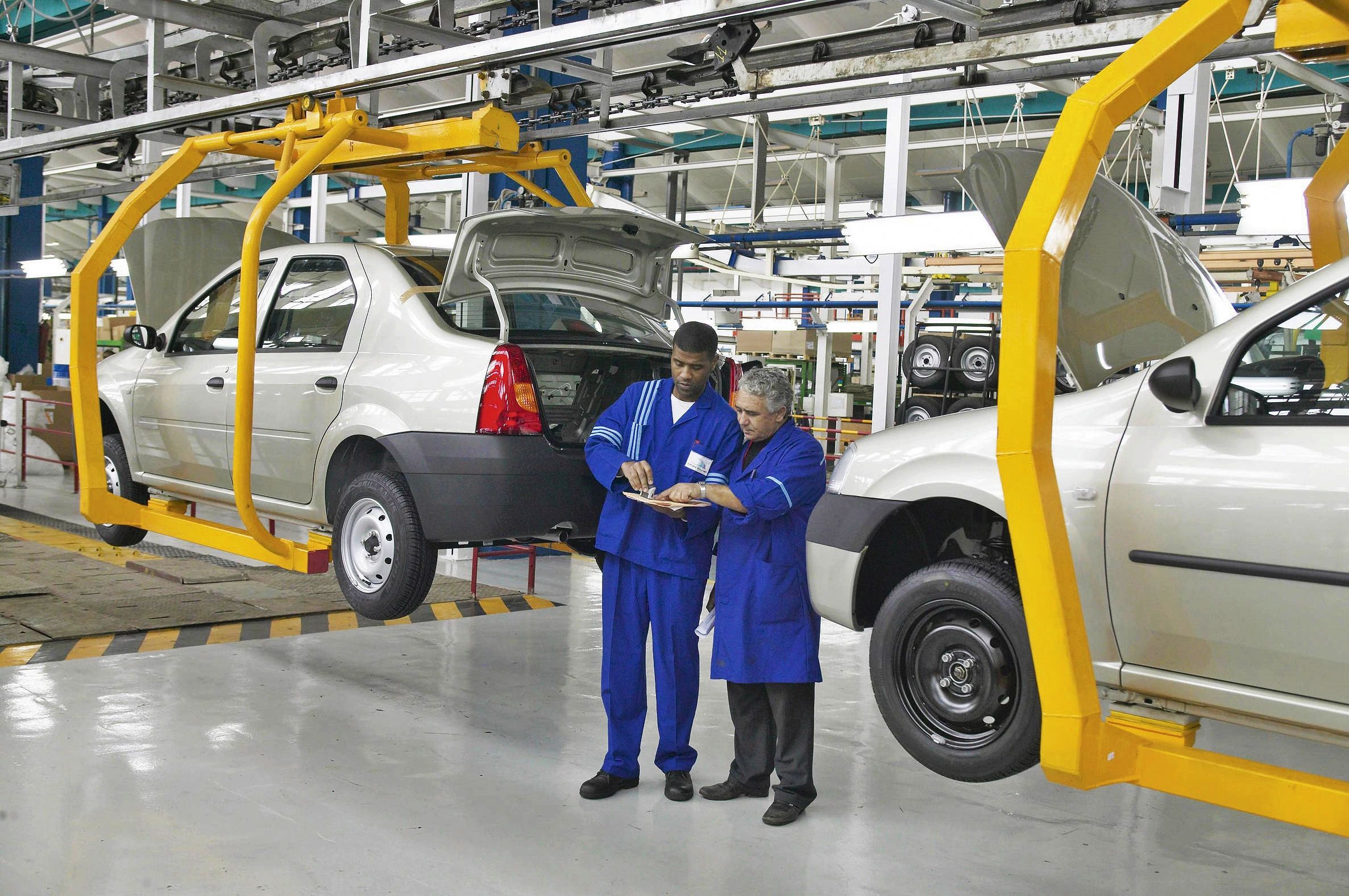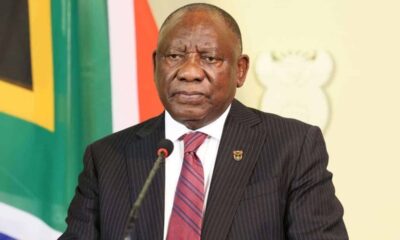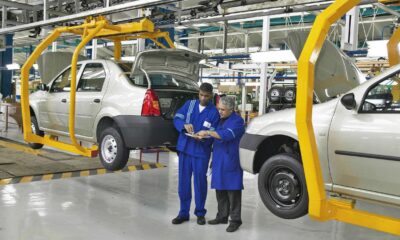Business
SA’s Car Industry Gears Up for a Bumpy Ride as US Tariff Deadline Looms

Record-breaking exports, strong local sales and a looming threat from the US
South Africa’s automotive sector is riding high after an impressive first half of 2025. Local sales are rebounding, exports hit record highs, and consumer demand shows no sign of slowing down. But just as things are starting to hum, the threat of US tariffs hangs over the industry like a warning light on the dashboard.
The stakes are high. The automotive sector is a cornerstone of South Africa’s economy, contributing over 5% to GDP and employing hundreds of thousands directly and indirectly. In 2024 alone, South Africa exported R268.8 billion worth of vehicles and components to 155 countries, accounting for nearly 15% of total exports.
But much of that success hinges on trade agreements, particularly with major partners like the United States. And right now, that relationship is heading into uncertain territory.
A 90-Day Reprieve About to Expire
The industry’s biggest concern is the expiration of a 90-day trade reprieve granted by the US government. While the reprieve didn’t explicitly shield South Africa from Section 232 tariffs on automotive goods, it has been part of broader negotiations around continued preferential access.
According to Naamsa CEO Mikel Mabasa, if South Africa loses that access, it could be a major blow to one of the country’s most dependable export engines.
“We’ve built a robust global export model,” Mabasa said. “But with global trade tensions rising, particularly out of the US, we have to be strategic, diversify our markets, deepen regional trade ties, and keep advocating for fair rules-based trade.”
Export Highs and Domestic Recovery
The looming tariff threat comes at a time when the industry has been firing on all cylinders. In June alone, South Africa exported 36,343 vehicles, a 7.9% increase compared to the same month last year.
Meanwhile, domestic sales surged as well, climbing 18.7% year-on-year in June. The first half of 2025 now sits 13.6% ahead of the same period in 2024, thanks in large part to a flood of more affordable imported models. OEM imports jumped 25.6%, while independent imports surged by over 33%.
Brandon Cohen of the National Automobile Dealers’ Association says the sweet spot for buyers remains below R400,000 and the used car market is reaping the benefits of improved affordability, better financing, and the new two-pot retirement savings policy that’s putting more liquidity in buyers’ hands.
Economic Tailwinds Are Helping, For Now
Falling interest rates, steady inflation, and improved credit availability have all played a role in the local rebound. A 25 basis point rate cut in May added further fuel to the recovery.
“The first half of 2025 has shown how resilient the domestic car market is,” said Mabasa. “The fundamentals are working in our favour, but we can’t take that for granted.”
Yet there’s still some caution. Despite the June bump, total sales volumes are only 1.5% above 2024 levels — and last year itself was down 14% from 2023.
WesBank’s Lebo Gaoaketse urges perspective: “We’re essentially just back at pre-COVID levels. There’s growth, yes, but we’re still playing catch-up. The encouraging part is the stability we’re seeing and that gives everyone in the industry a bit more confidence.”
What’s at Risk with the US?
South Africa’s auto industry has benefited significantly from programs like the African Growth and Opportunity Act (AGOA), which provides duty-free access to US markets for eligible African nations. But with political winds shifting in Washington and global trade becoming more transactional, even longstanding partners aren’t guaranteed safe passage.
If new tariffs are imposed or preferential access is revoked, it could make South African exports less competitive, especially compared to low-cost producers in Asia and Eastern Europe. That would hit not just the manufacturers, but the workers, component suppliers, logistics firms and even municipalities that rely on the sector’s success.
Social Reaction and Industry Concern
The issue hasn’t escaped the public’s attention. On social media, many South Africans are questioning whether the country is doing enough to protect its trade interests. Others have expressed concern that the US might use tariffs as political leverage, particularly in light of broader geopolitical disagreements.
Industry stakeholders, meanwhile, are calling for urgent action.
“We need a clear, proactive trade strategy,” one industry analyst posted on LinkedIn. “Waiting until the reprieve expires isn’t an option, we need to be at the table, not on the menu.”
Naamsa warns that the second half of 2025 will be even more complex to navigate. Global trade is more volatile than ever, and protectionist policies are gaining traction in many parts of the world.
South Africa’s response will need to be swift and strategic, both in protecting current trade deals and exploring new frontiers in Africa, the Middle East, and Asia. The auto industry has shown it can adapt and recover. The question now is whether it can stay on the road in a fast-changing global landscape.
For now, the gears are turning, but the engine may soon face a major stress test.
{Source: IOL}
Follow Joburg ETC on Facebook, Twitter , TikTok and Instagram
For more News in Johannesburg, visit joburgetc.com



























